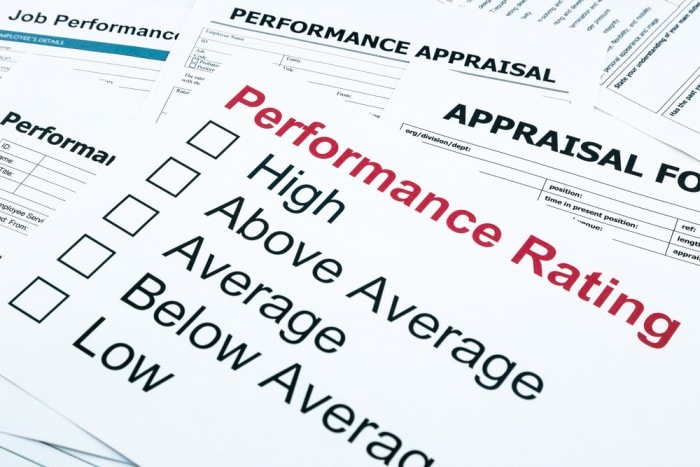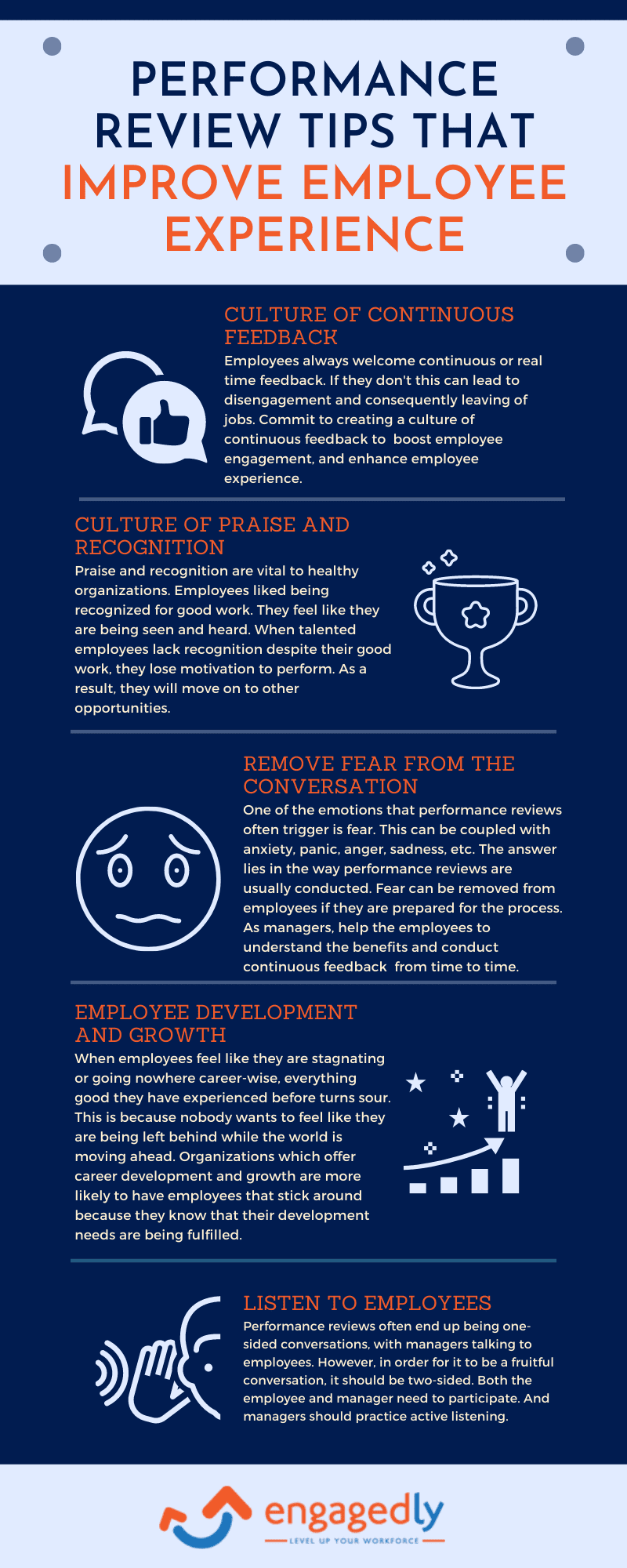Improving employee productivity can be a challenge, especially when most of the employees are newcomers who are also new to the industry. In fact, according to a study by Academia, the employee productivity rate is decreasing day by day, which has created an atmosphere of panic for employers. But you don’t need to worry, as there is a solution to this problem.
There are many tried-and-tested ways to improve productivity that are quite effective. In this blog, we’re going to reveal five such ways that will help you improve employee productivity.
What is Employee Productivity?
Before we begin to learn about ways to improve productivity, we need to know what employee productivity is. It is not just a way to evaluate employee performance but also to know if the employees are working to their full potential. Business leaders want their companies to compete with others in their industry. For them to do so, they need an engaged workforce that will increase productivity.
Employee productivity is an assessment of the efficiency of a worker or group of workers. Productivity may be evaluated in terms of the output of an employee in a specific time.
As a general rule of thumb, it’s best to find ways for your employees to feel like they’re spending their time working toward something meaningful. This can make employees feel like they’re a part of something bigger than themselves. In that case, it is likely to have a positive impact on productivity. Encourage a positive work culture and team engagement. Tracking each employee’s performance so that you can share the feedback with them will go a long way toward enhancing their growth and development in the company.
Also Read: Employee Engagement on Productivity
Why Measure Employee Productivity?
Before you even think about improving workforce productivity, you need to ensure that you can measure your employees’ performance in a meaningful way. There are multiple ways to measure an employee’s productivity; for example, you can track how many files are processed or what percentage of clients have been contacted per day. You need to clearly identify what you want your employees to do and then build a way to measure it. Otherwise, you will never know if they are achieving their targets.
Why Employee Productivity Might Be Low?
In today’s day and age, organizations have to fight common contemporary factors that often hurt employees’ productivity levels. Factors such as long working hours and irregular shifts can cause mental health issues among employees. While these factors might not affect every individual who works within an organization, they do play a pivotal role in lowering the productivity levels of individuals.
It’s essential to understand what caused your low productivity before improving it. Chances are, several factors contributed to the problem. At times, when employees are working remotely, they can feel disconnected from their workplace, and can be challenging to supervise—and that can hamper their performance. It can also be due to a lack of clear objectives or expectations. Time management can also be an issue, for example, some people need more structure than others and may struggle with setting their schedules or meeting deadlines without some guidance from you.
Also Read: Reduce Anxiety at the Workplace
How to Improve Productivity In the Workplace?
Managers spend a lot of time working on an employee’s growth and development. Still, sometimes they lack concrete tools to help them achieve their goal. If you are having productivity issues, here are five tried-and-tested ways to improve your employees’ productivity:
1. Increase Visibility and Access
You can encourage your employees to be more productive by increasing their visibility and access to resources. It’s pretty easy to get into a rut where employees are frustrated with limited software or equipment access, but it’s just as easy to change that.
Bring in a consultant if you need assistance in helping your staff upskill themselves. Then, work with them on creating a timeline for training. The end result is an engaged workforce aligned with the organization’s vision, with increased motivation and overall productivity.
2. Set Clear Expectations
As a leader, it’s up to you to set clear expectations. Connect with an individual employee or a group to assess their career goals and figure out areas of improvement.
Some companies have structured annual reviews that are handled by managers. If your company handles performance reviews more informally than that, then your first step should be setting clear expectations about where people should focus their attention and how they can improve.
3. Goal-Setting and Tracking
Delegating tasks is a tried and tested way to get employees up to speed. Encourage your employees to take on as much responsibility as they can handle and learn from their mistakes along the way. You could say that managing smart employees is really about managing their development, which requires some investment of time and resources. Ultimately, it will improve employee performance and productivity in leaps and bounds.
The key here is to trust your team. When you do, you’ll see employee engagement and satisfaction increase dramatically, which should translate into increased output over time as well. Don’t try to be everything for everyone—it may seem like a lot of work at first, but it pays off in employee engagement in terms of encouraging your team’s productivity over time.
5. Use Employee Productivity Tools
Learning how to improve employee productivity is all about having access to good tools. This can be in-house software or off-the-shelf applications that are available online. All of these offer ways to get more work done and improve processes, allowing you to spend less time on manual work and more time focusing on activities that help boost your bottom line.
If you can find tools that can better connect employees and empower them at every level, you’ll notice a real increase in their productivity. Invest in those tools that have proven value for your specific business needs and goals.
6. Measure Performance Periodically
It’s not always easy to find that one sure thing that makes employees more productive; there are usually a number of factors involved. However, if you take a look at any employee review website and search for tips on improving employee performance, you’ll notice that most revolve around giving employees room for improvement.
Make sure you share feedback with them on a regular basis and try to avoid looking at mistakes as signs of failure. Pay attention to each little detail. Just remember—don’t rush things! It takes time for new hires to become familiar with your company culture and standards.
Scaling Up Productivity
Businesses frequently look for strategies to motivate staff to work harder in an effort to increase productivity. The use of bonuses and commissions is one of these strategies. You’ve probably dealt with performance-based incentives if you’ve worked in sales or customer service. Although these techniques may be useful in some situations, they aren’t always reliable. In fact, if something looks too good to be true, it probably is, as with many other things.
According to a recent Stanford University study, offering a small wage raise has a greater impact on productivity and job satisfaction than introducing commission-based compensation systems. In the end, commission-based pay is less effective than simply paying people what they earn based on their time spent at work because it may appear like an easy method to inspire employees—especially those who don’t feel personally motivated by their professions. Naturally, employing wage raises doesn’t imply you should stop using any other employee motivation strategies; instead, think about how each strategy fits into your overarching strategy for enhancing employee satisfaction and productivity.
Conclusion
There is no universal way to boost employee productivity. But if you use these five tried and tested ways that we have shortlisted, you will be able to help your employees enhance their productivity and boost their career growth.
While no one can say for sure which method is best for you and your team, we believe in practicing what we preach. We’ve seen first-hand how rewarding it is to invest in individual development of our employees.
Everyone comes to work excited and ready to take on new challenges, because they know their manager believes in them and their growth potential. When people feel appreciated and valued by those around them, they want to keep those relationships strong. So invest in employee development!
Subscribe To The Engagedly Newsletter


















